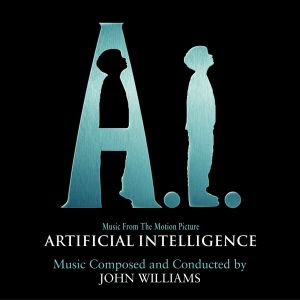In the year 2011 I turned 28. I feel a lot older than that on most days and I attribute that to several causes. Their names are Aiden who turned 6, Ian and Evan who turned 2. I wouldn’t trade them for anything though, they are awesome and I love giving everything I have to and for them.
In 2011 I completed eight years of military service. The Army was a great experience for me and it exposed me to not only other people, but to other cultures out there in this wide world where all to often people forget their knowledge is limited by their experiences. I got to see what poor really is (materially speaking), what suffering really is, and it has caused me to truly appreciate what I have and the country I live in.
The Army also introduced me to stupid. Don’t get me wrong, there are tons of smart, honest, hardworking, and dedicated people in the army. That type of organization has to have them. I think it is because of those people that the stupid ones stand out more. In that way, through leaders both good and bad, the Army reinforced the values that were instilled in me by my parents. I learned, grew, made mistakes, took responsibility, thrived, and suffered. It has made me a better person and I will forever remember the people I met and the experiences I had.
In 2011 I also made the decision to go back to school. I completed my first semester of college with a 3.0 GPA (A, A, B, ____. You can figure it out, I don’t want to talk about it. Lesson Learned!) Go Argos!
I still don’t know what I want to be when I grow up, but the important thing is that I’m still learning, still growing, and still striving to become better than who I am. Upon completion of my B.S.B.A. I will have 8+ years real experience working with, for, and managing people, property, and money along with the degree.
The final noteworthy thing I accomplished in 2011 was after 12 or so years of smoking about a pack of cigarettes a day, I quit. I have not had a single cigarette since March 3, 2011. While I still think about it every once in a while the urge to go out and buy a pack or bum a smoke is easily dismissed.
I can never explain how truly grateful I am for the things that I have and for the wonderful people in my life. Thanks to my parents for raising me, instead of just letting me grow up. Thanks to my wife, Emily, for being my best friend. Thanks to Aiden, Ian, and Evan; you guys motivate me to be a better role model and therefor a better person.
In 2012 I would like to eat healthier, live better, exercise more, drink less, appreciate more, slow down, and have more patience with the people that matter.
In 2011 I completed eight years of military service. The Army was a great experience for me and it exposed me to not only other people, but to other cultures out there in this wide world where all to often people forget their knowledge is limited by their experiences. I got to see what poor really is (materially speaking), what suffering really is, and it has caused me to truly appreciate what I have and the country I live in.
The Army also introduced me to stupid. Don’t get me wrong, there are tons of smart, honest, hardworking, and dedicated people in the army. That type of organization has to have them. I think it is because of those people that the stupid ones stand out more. In that way, through leaders both good and bad, the Army reinforced the values that were instilled in me by my parents. I learned, grew, made mistakes, took responsibility, thrived, and suffered. It has made me a better person and I will forever remember the people I met and the experiences I had.
In 2011 I also made the decision to go back to school. I completed my first semester of college with a 3.0 GPA (A, A, B, ____. You can figure it out, I don’t want to talk about it. Lesson Learned!) Go Argos!
I still don’t know what I want to be when I grow up, but the important thing is that I’m still learning, still growing, and still striving to become better than who I am. Upon completion of my B.S.B.A. I will have 8+ years real experience working with, for, and managing people, property, and money along with the degree.
The final noteworthy thing I accomplished in 2011 was after 12 or so years of smoking about a pack of cigarettes a day, I quit. I have not had a single cigarette since March 3, 2011. While I still think about it every once in a while the urge to go out and buy a pack or bum a smoke is easily dismissed.
I can never explain how truly grateful I am for the things that I have and for the wonderful people in my life. Thanks to my parents for raising me, instead of just letting me grow up. Thanks to my wife, Emily, for being my best friend. Thanks to Aiden, Ian, and Evan; you guys motivate me to be a better role model and therefor a better person.
In 2012 I would like to eat healthier, live better, exercise more, drink less, appreciate more, slow down, and have more patience with the people that matter.




